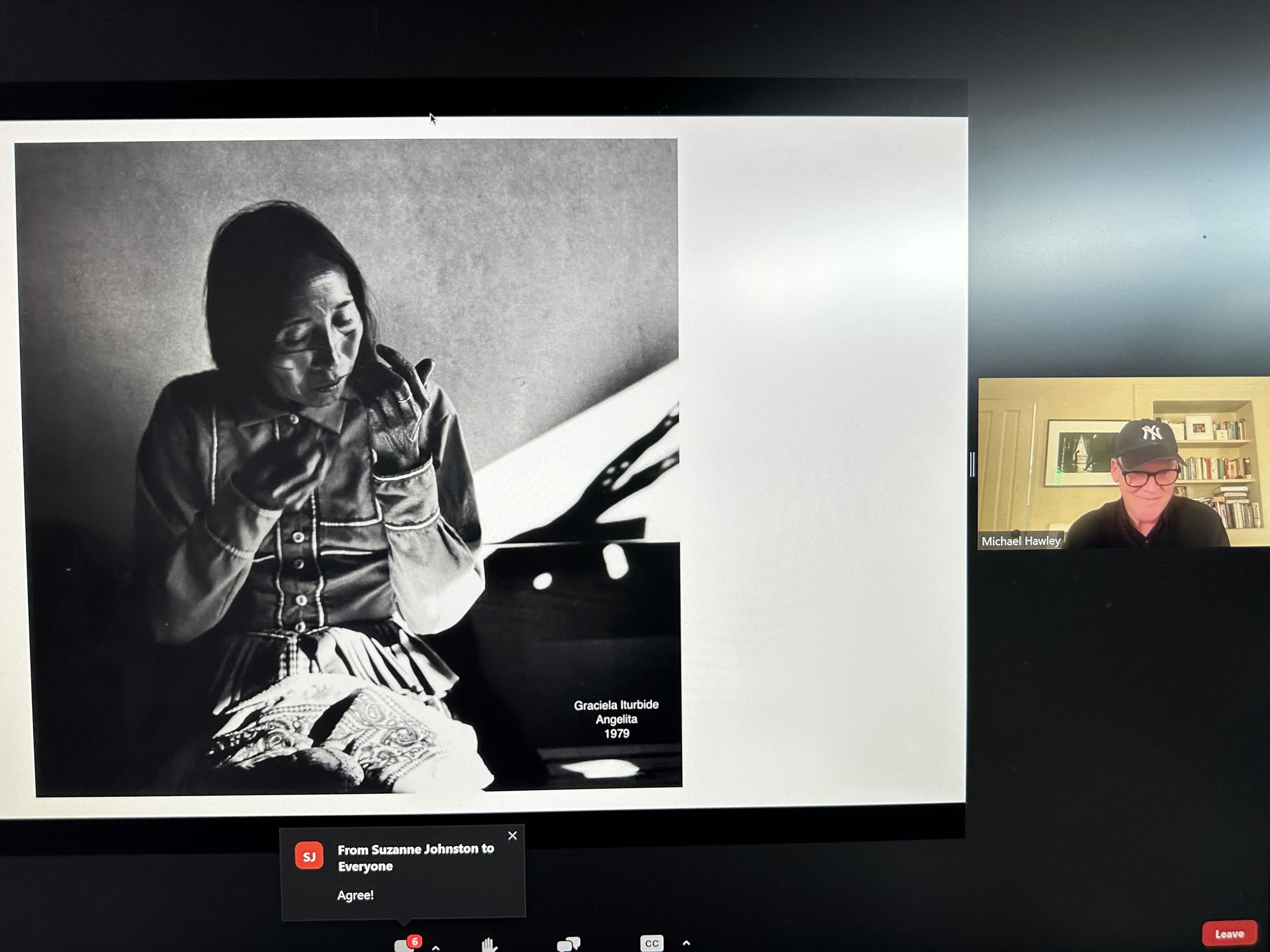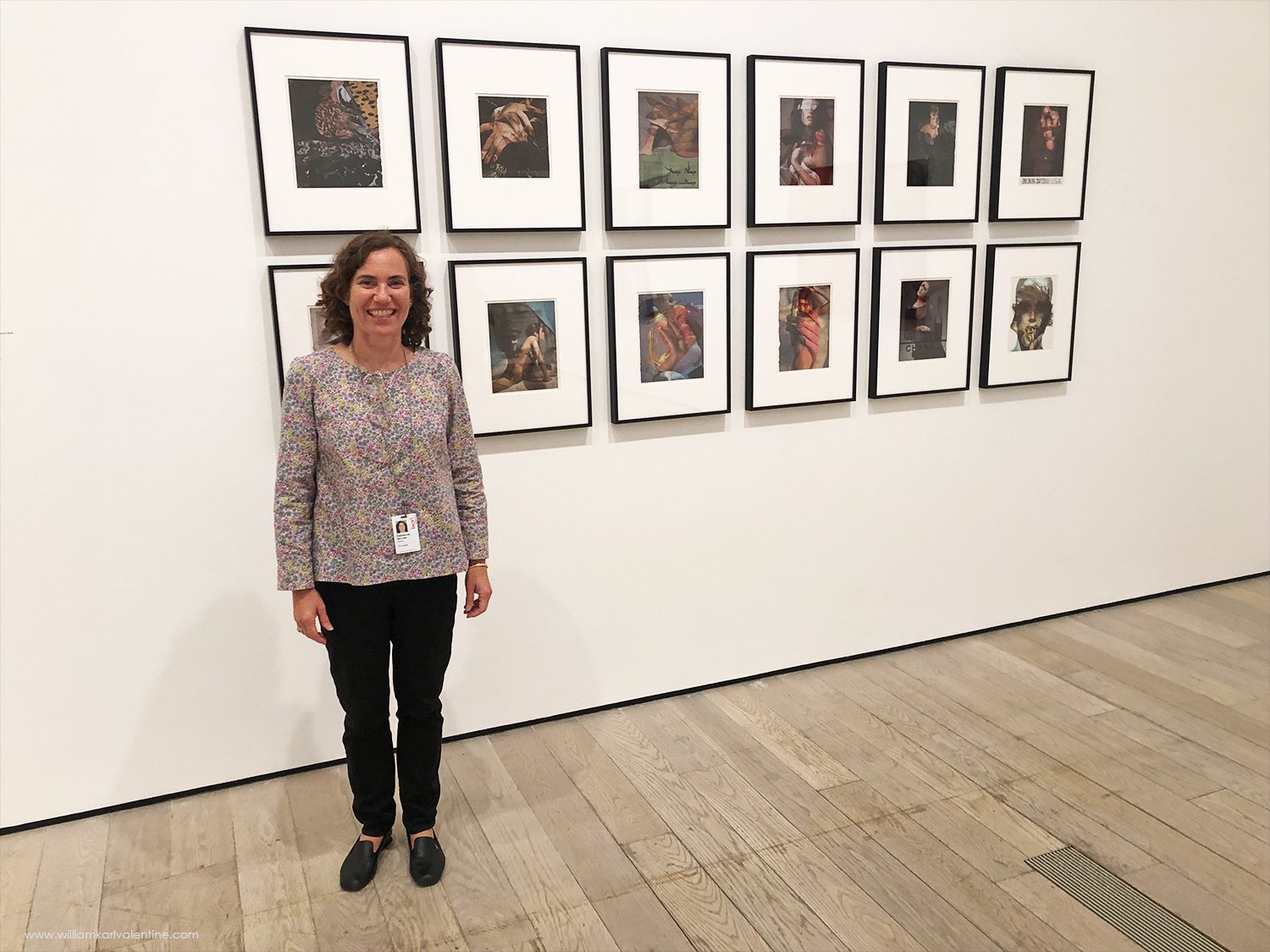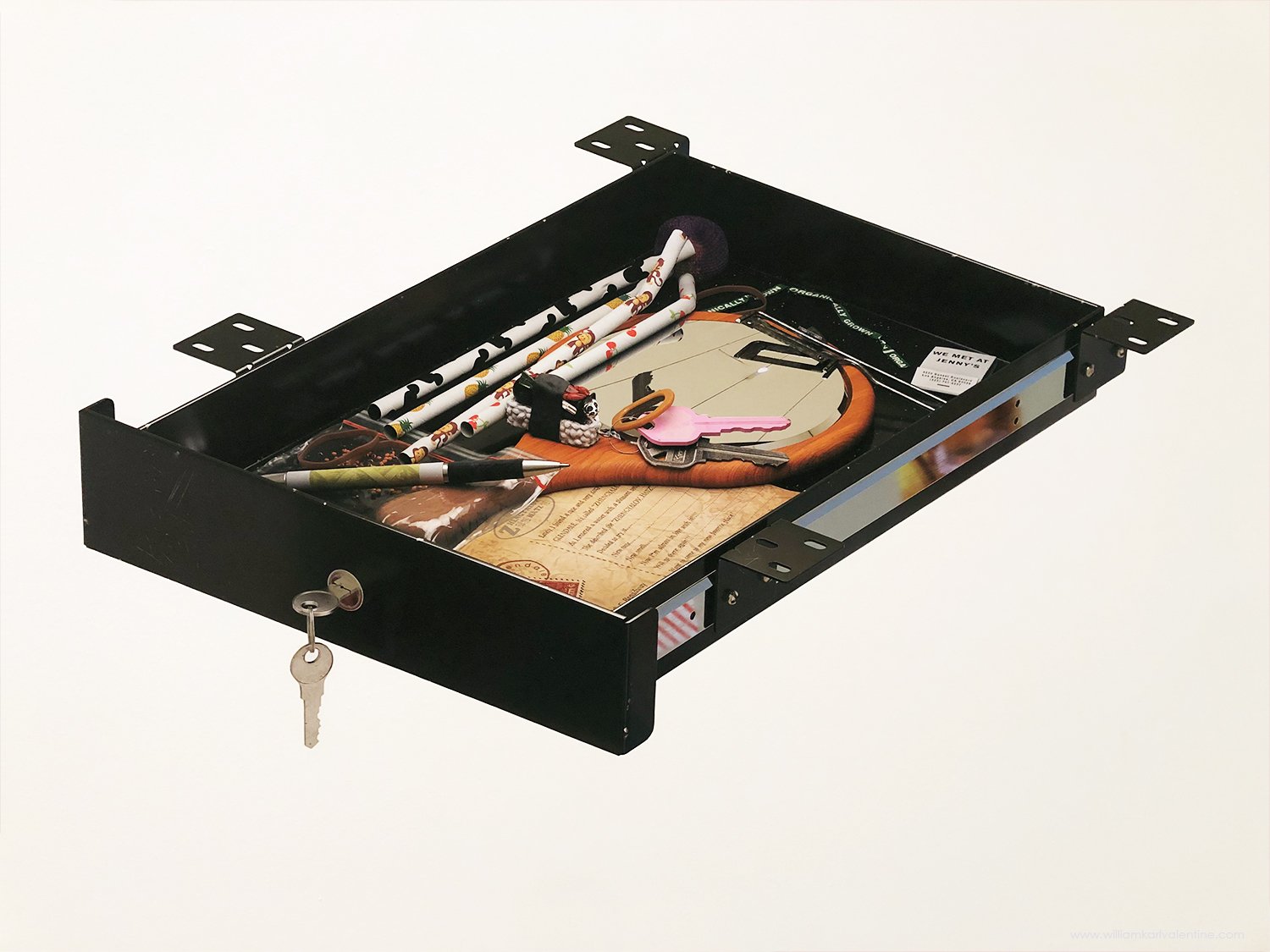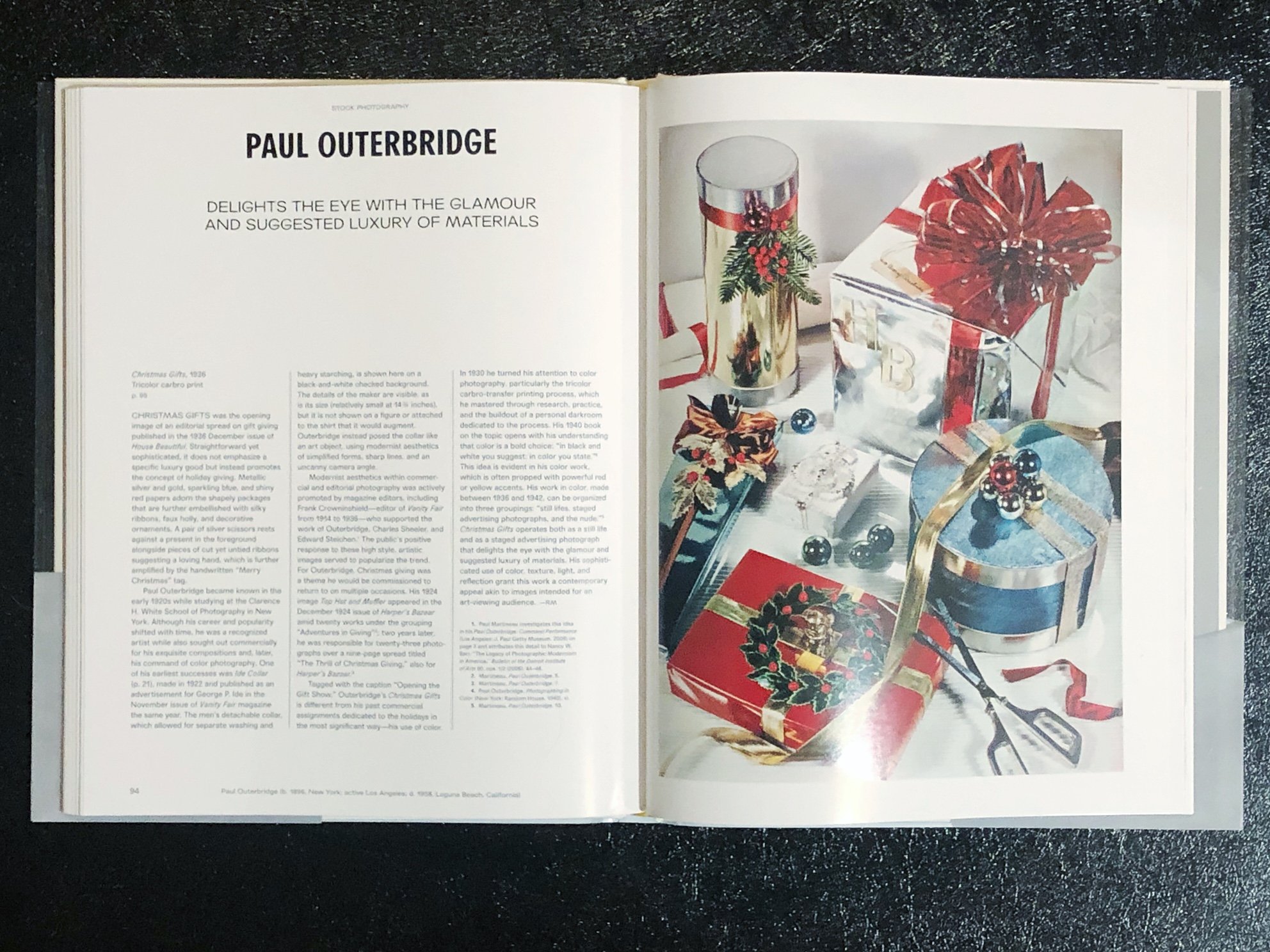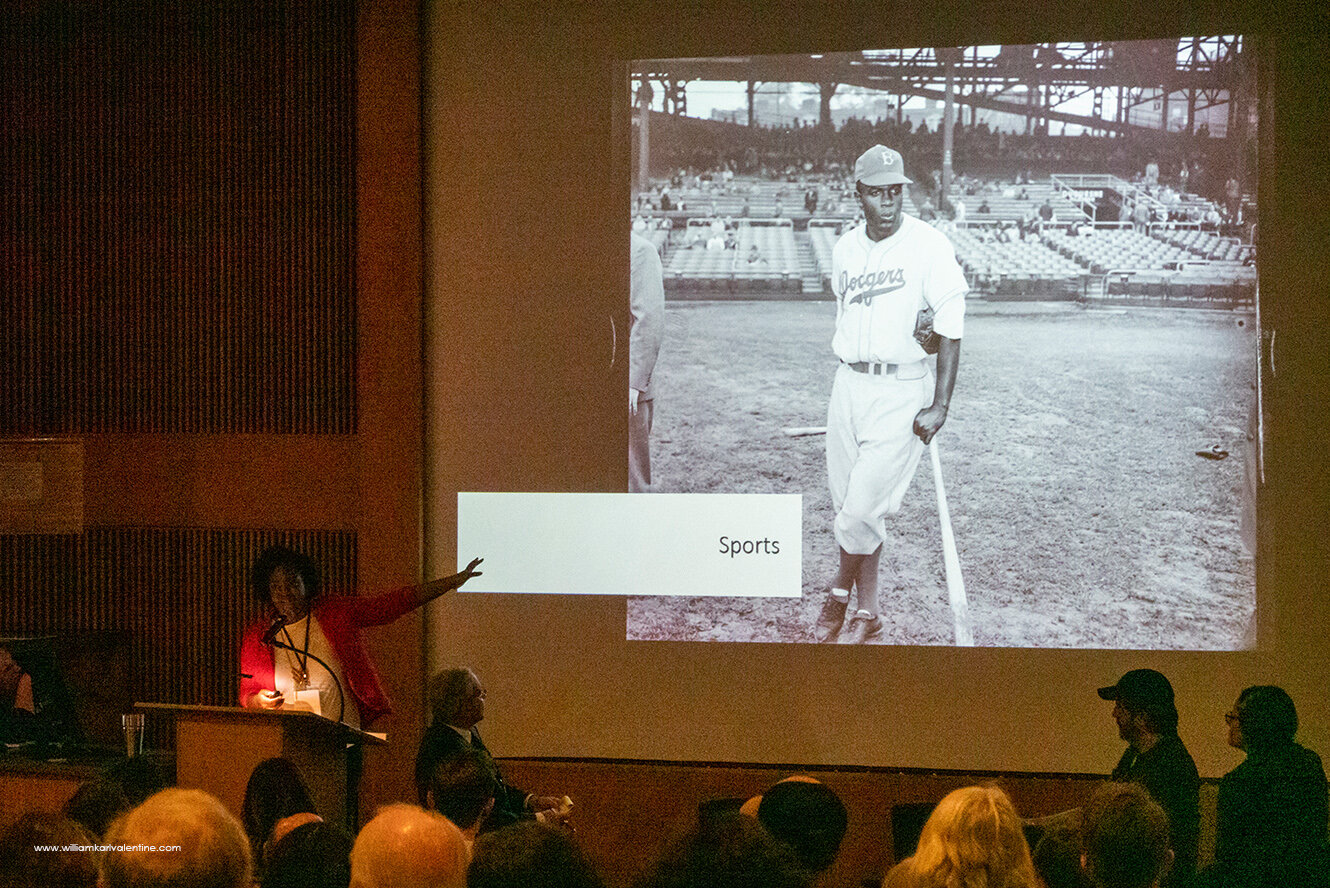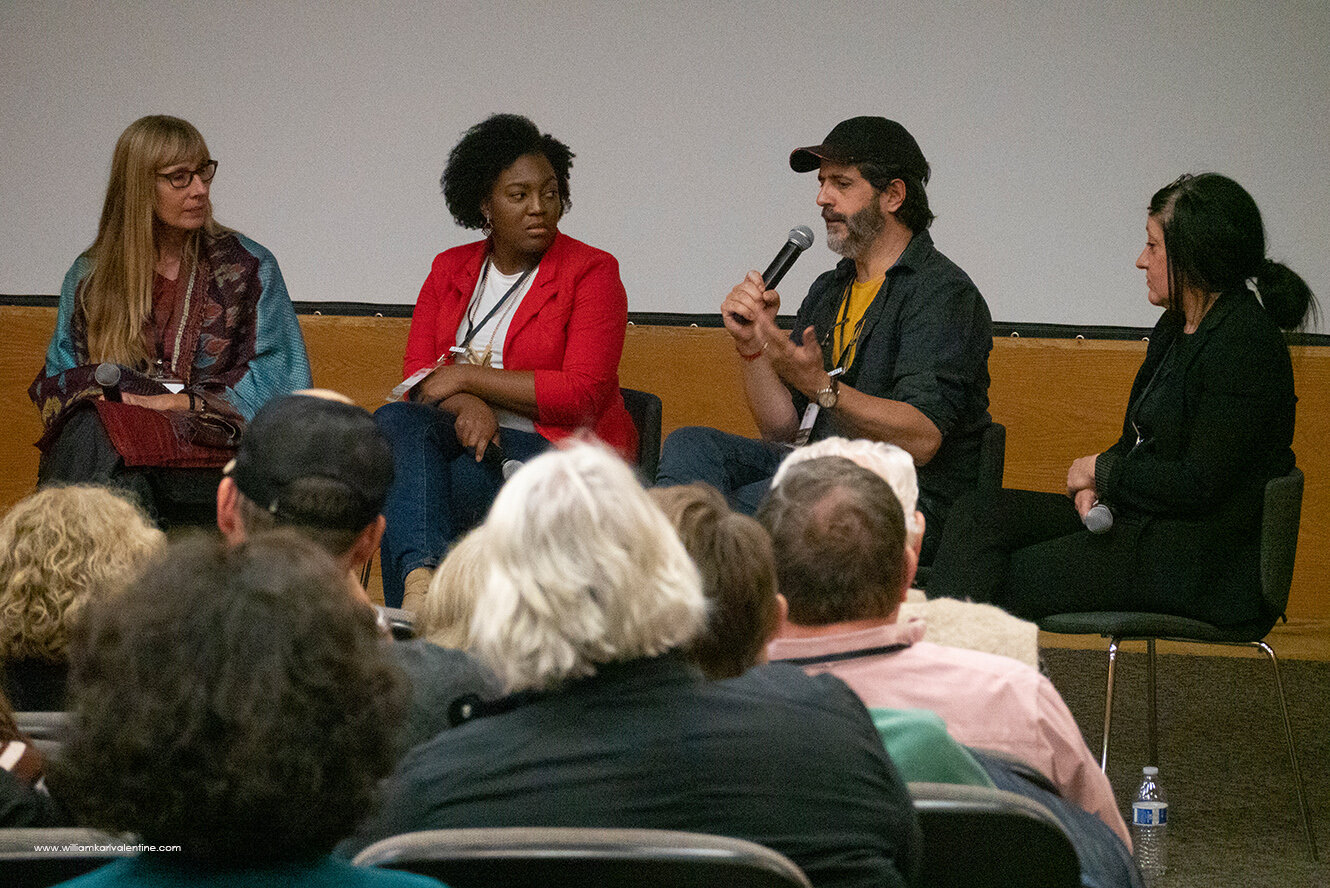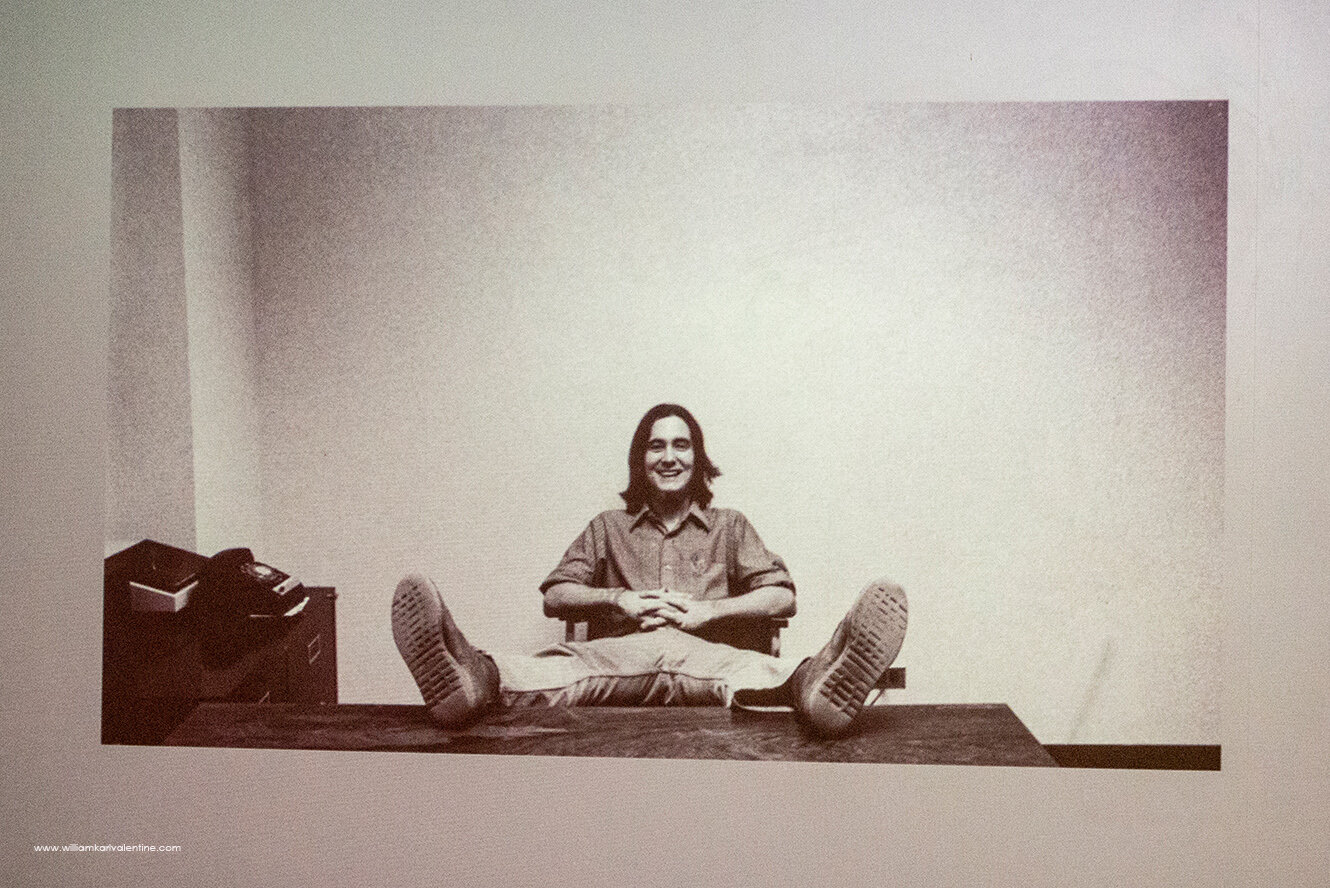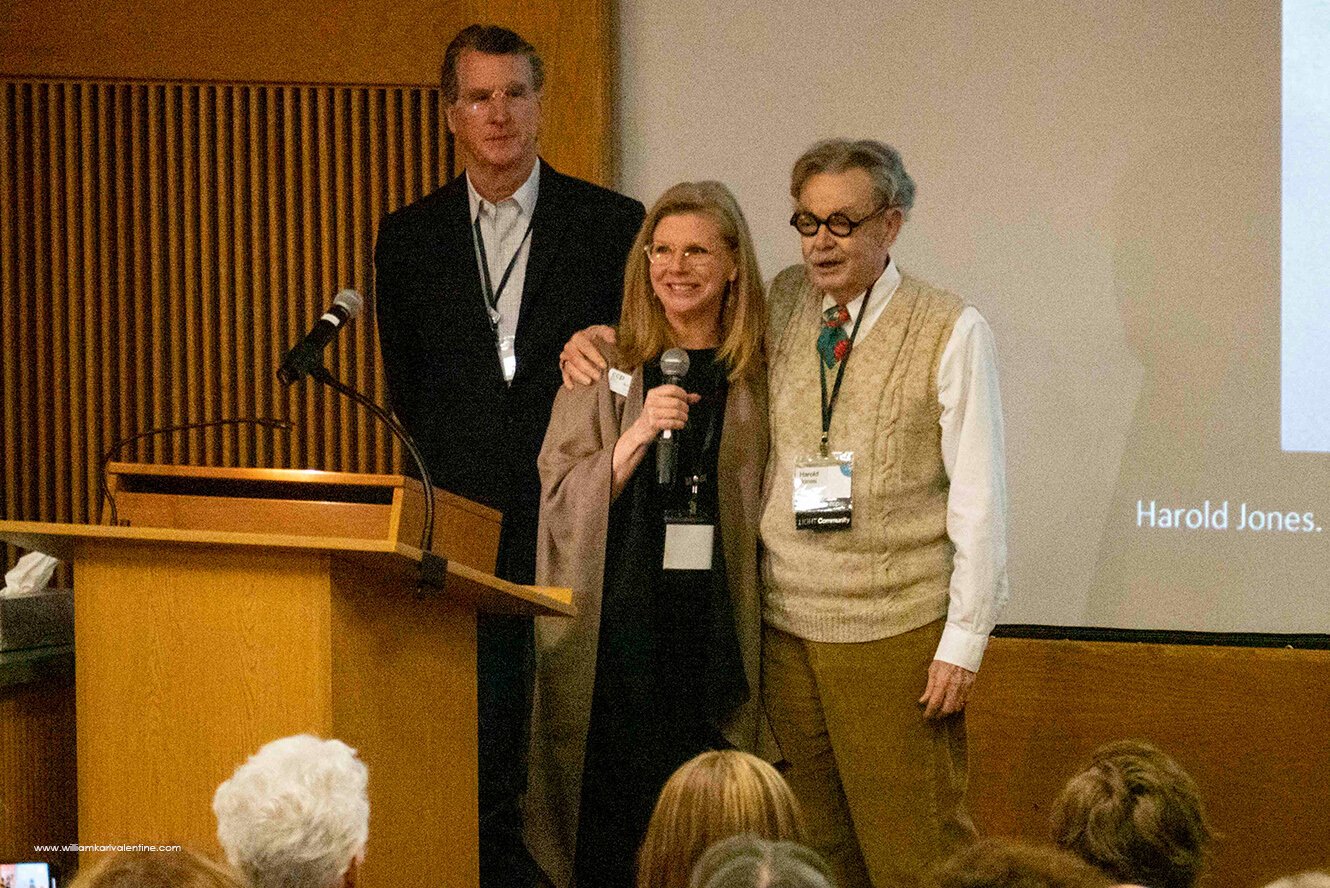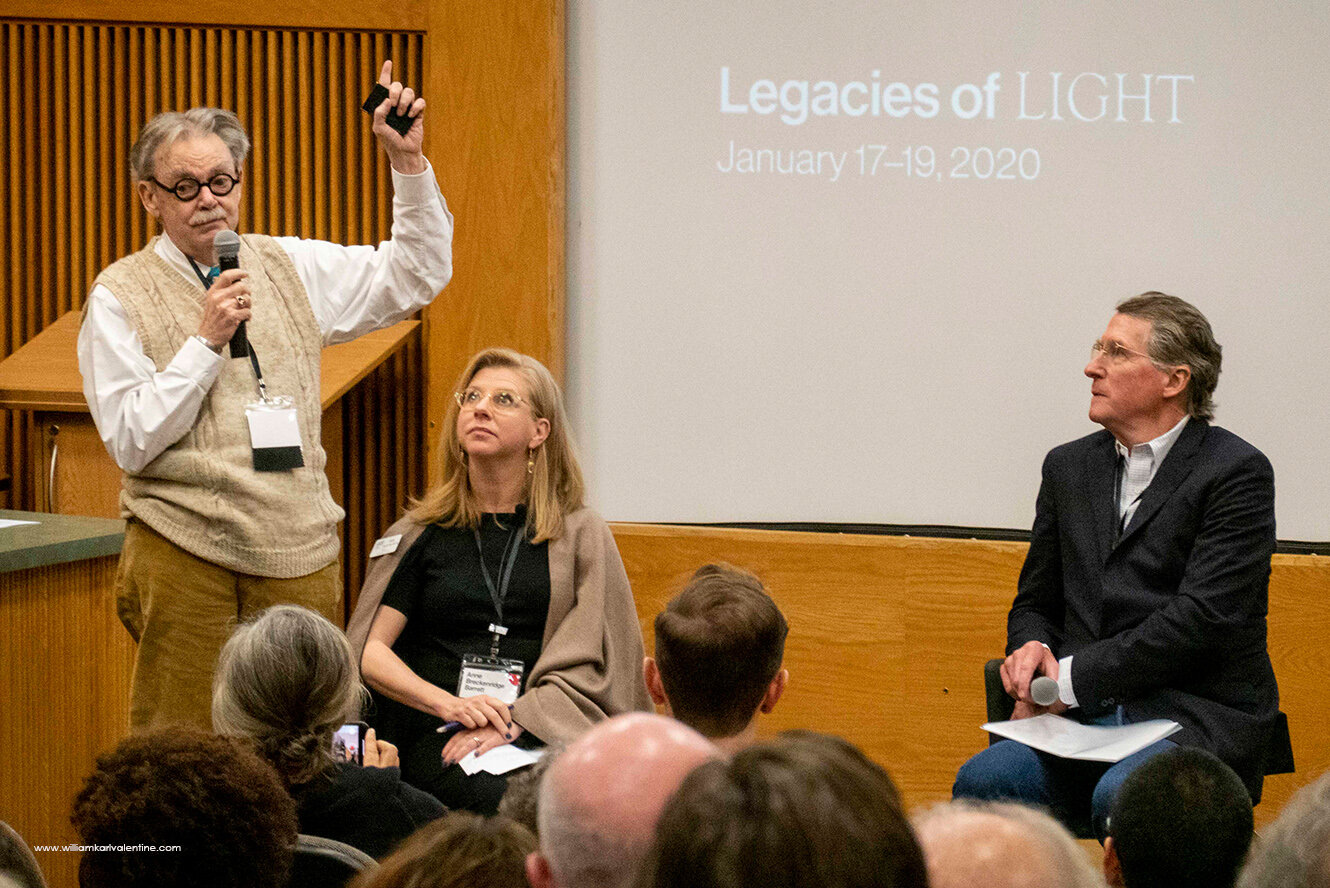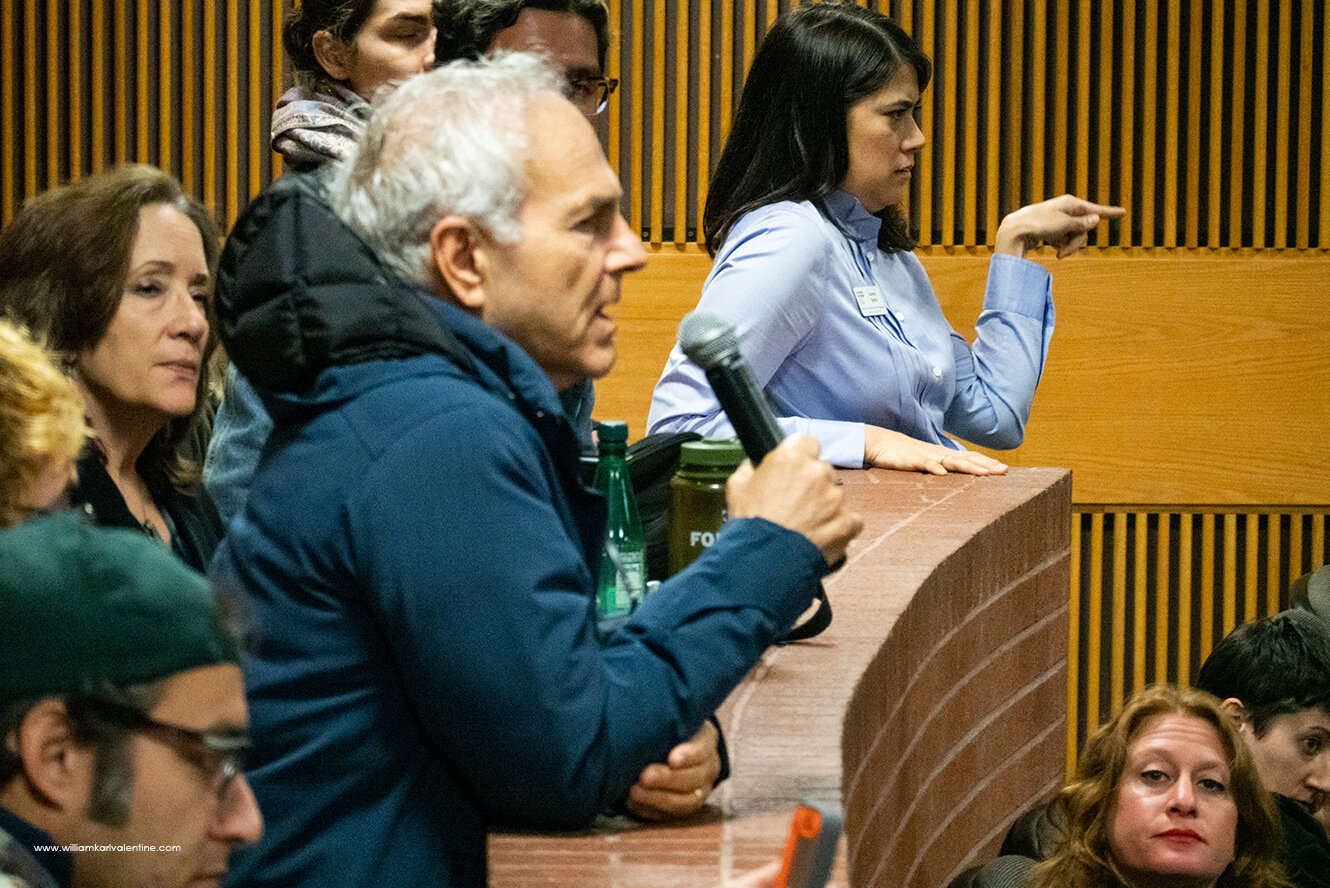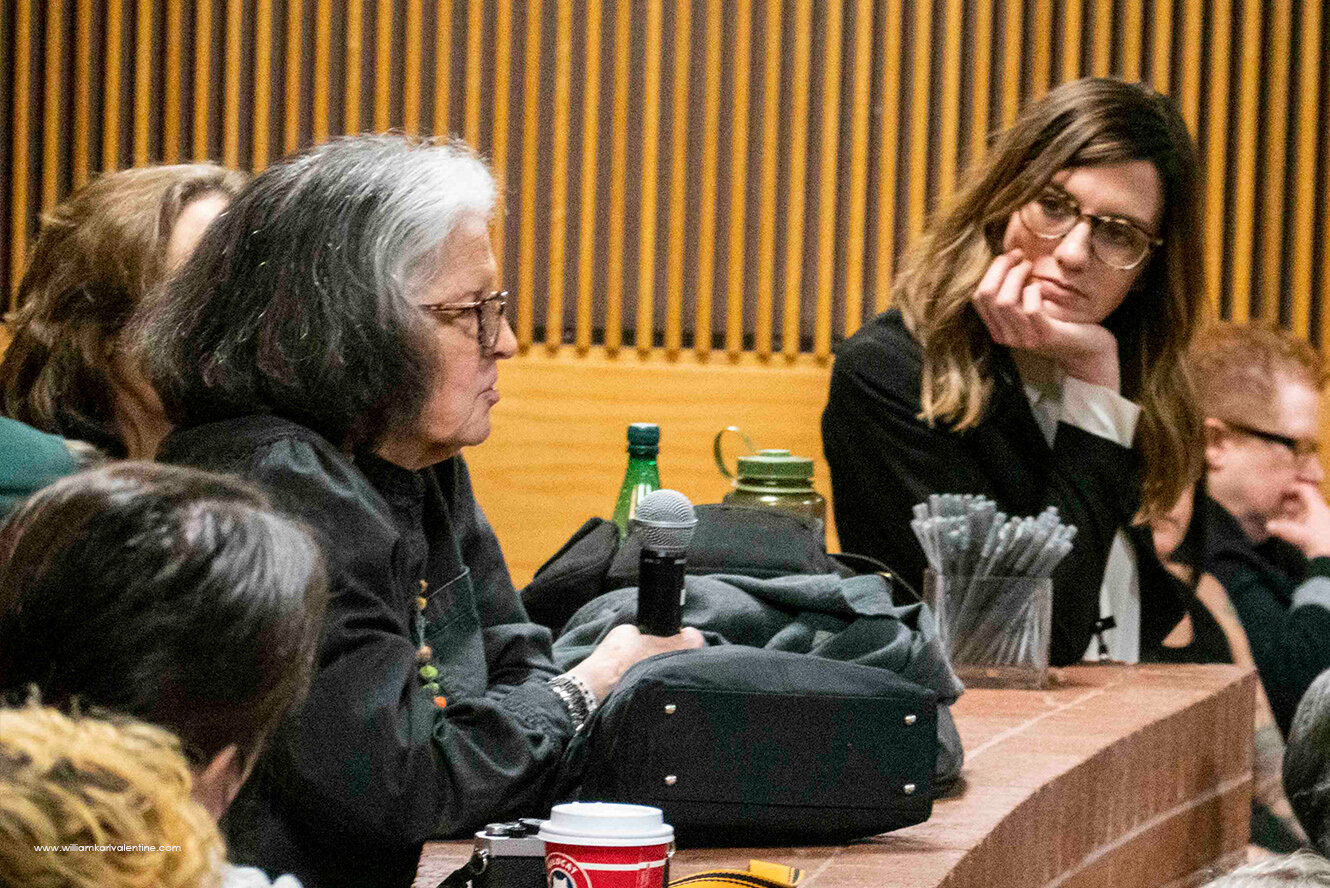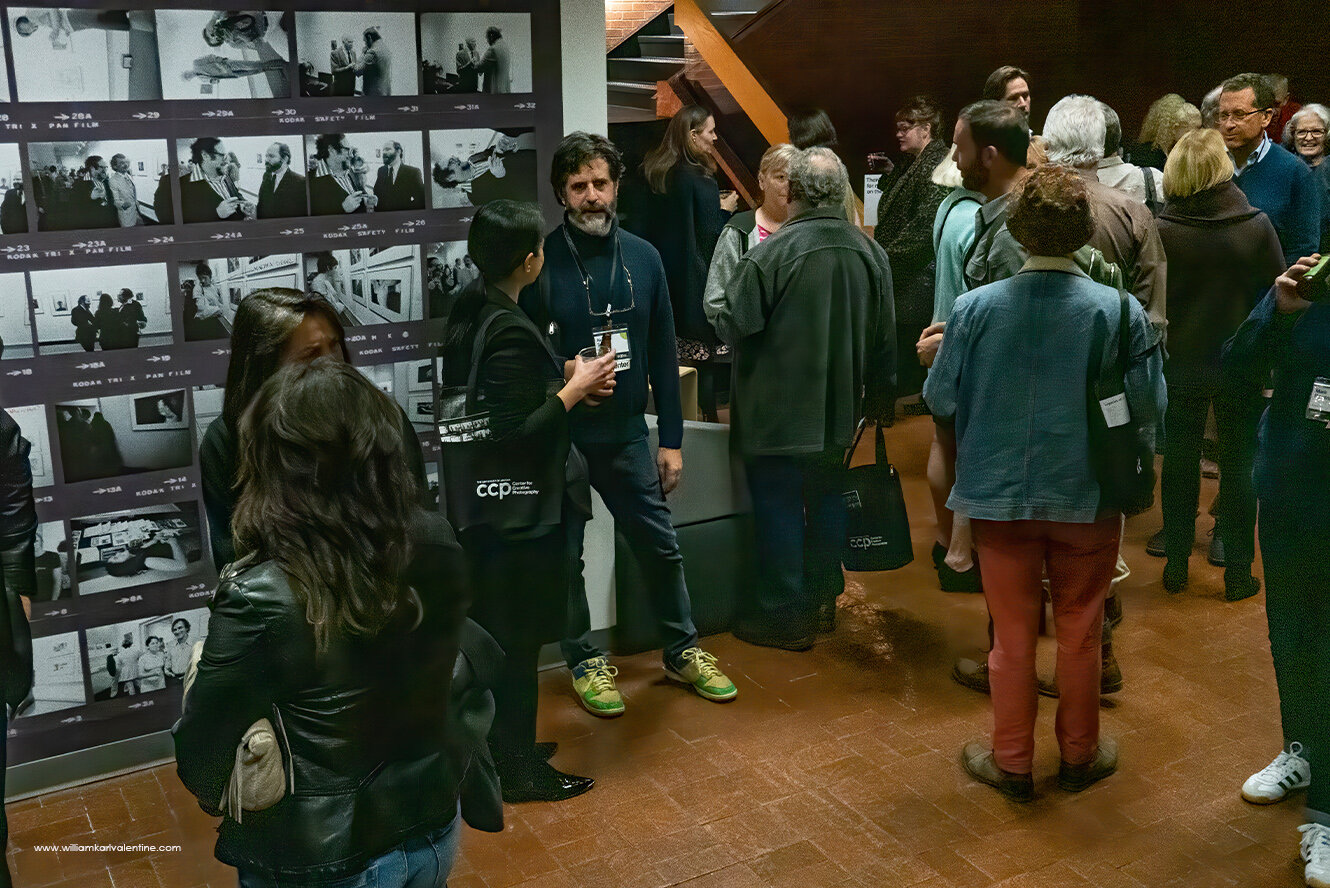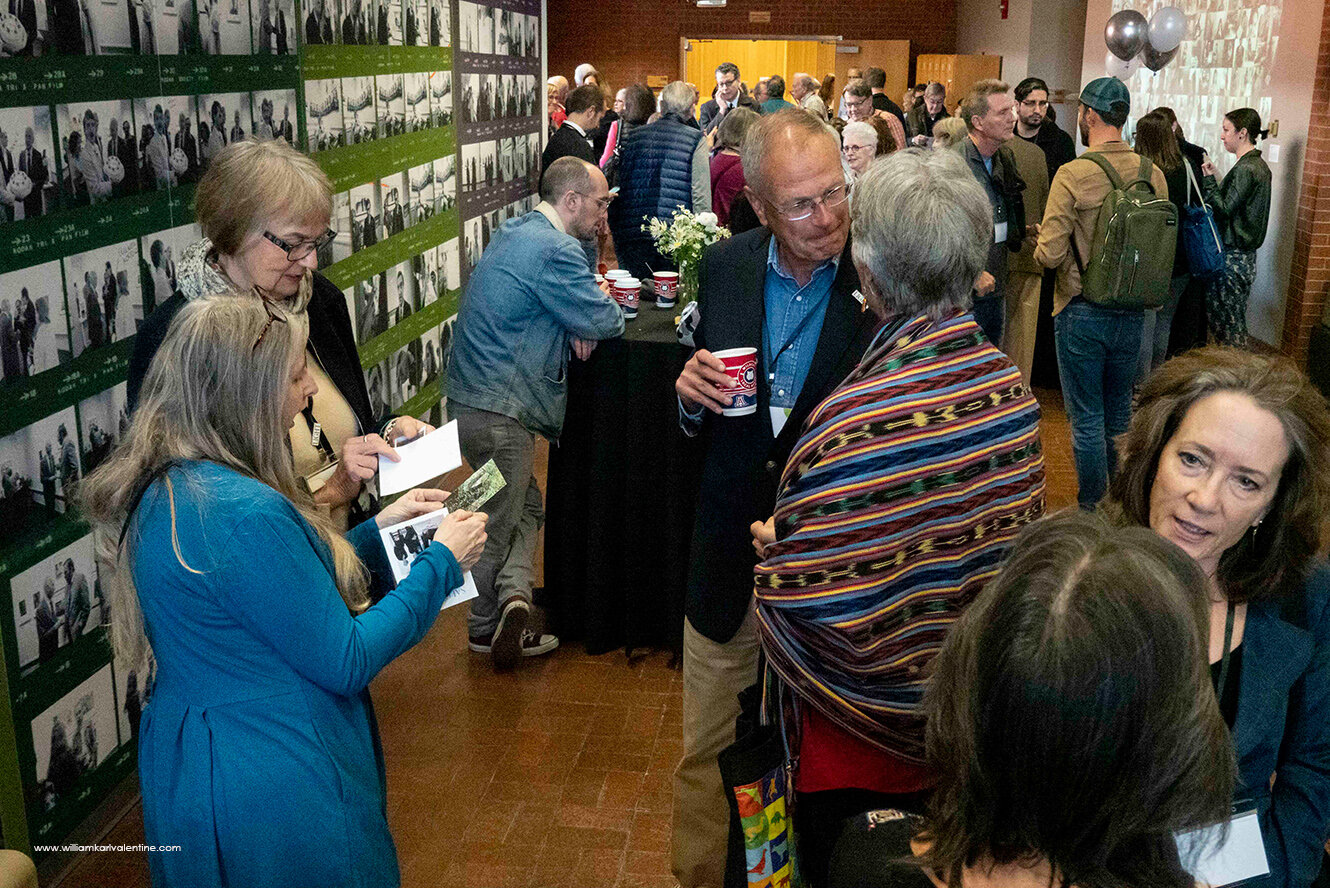I have been able to watch a number of great live web events recently about photography and I want to quickly mention them in a post. With all the material out there today, I feel like I was lucky to have found these. The first two I discovered because I follow Dr. Rebecca Senf at the Center for Creative Photography and the last one was an Instagram alert about a live broadcast starting because I follow Joel Meyerowitz.
The first webcast was four weeks ago and was the Center for Creative Photography’s “Ask a Curator” event where Rebecca Senf (Becky) answered questions about being a curator for an hour. I thought this was outstanding and I encourage photographers, or anyone interested in fine art photography, to follow the “Ask a Curator” link and listen to her talk. I have really focused on getting to know curators and other photography professionals lately, just to deepen my understanding of the medium and the direction it is going. I have met Becky several times, have heard her lecture, and read her writings. She shares content in a way that every person who receives the information will gain a better level of understanding of the topic. I love listening to Becky talking about photography, her knowledge of, and passion for, the medium always comes through.
The next live webcast I saw was also promoted on Rebecca Senf’s Instagram. This event was the Photographic Arts Council - Los Angeles’s A Picture a Minute where well-known photographers, collectors, and curators each selected a single photograph and spoke to why the image was important to them, ideally for just one minute. You can see with my screen shot above the list of participants was impressive.
With the picture in a minute webcast, speakers were moving fast and my note taking was not perfect, but here is what I got down – I researched as much as I could to prevent errors, my apologies if I missed anything.
The concept for the event came from a project Agnes Varda had done for French television where she did 170 episodes called “un minute for un image”. Agnes wanted to how a single photo could impact people. Agnes felt that viewing photographs gave her space and time to think and wanted to share that with others.
Here are a selection of the presenters and their chosen photographs:
Alia Malley shared the photograph “Earth rise over the Moon” taken on 12/24/68 by Apollo 8 astronaut Bill Anders and spoke about how incredible that moment was for all of mankind and how important the image was capturing it. She also mentioned how intriguing it is to think the camera only captured 1/250th of a second in time but how powerful that fraction of time was.
Andrea Liss highlighted Carry Mae Weems photograph “Moody Blue Girl”
Arpad Kovacs’s photograph was David O. Alekhuogie’s 2015 image “Bandana Hearts”.
PAC LA’s Director, Bayley Mizelle, talked about Alvin Baltrip’s 1975-80 series “The Piers” documenting the gay cruising spots in New York City before the Aids epidemic.
Cesar Rueda showcased a photograph by Magnum’s Yael Martinez.
Paula Ely shared Vik Muniz’s “Ecstasy of St. Theresa after Benini” 2015
Clare Kunny and her husband Colin Westerbeck spoke about a photograph in their personal collection which is a dual portrait of Colin by Joel Meyerowitz. They spoke about how the image was photographed and how special it is to them (There is more about this image below including Joel’s comments about it which I heard in a separate web cast).
Dan Solomon spoke about Deborah Turbeville’s American Vogue editorial in the 1970’s and mentioned there was a ‘sense of decay, Photos are about memories”.
Gallerist Douglas Marshall paid tribute to Lawrence McFarland, who passed this year by talking about the power of his photograph “Wheatfields Nebraska/Kansas border 1976”.
Elena Dorfman’s choice was an 1872 Eadweard Muybridge print.
LACMA’s Eve Schillo chose Yan Wang Preston’s 2017 image Egongyan Park.
Hiroshi Watanabe didn’t understand the “one-minute” aspect of the event, but he gave an interesting talk about a Robert Frank print he had owned once, “New Orleans Trolley 1955”. Hiroshi paid $8,000 for the print in 1992 and when he decided to sell it a few years later, because it had started to fade slightly, it sold at auction for $36,800.
Jeanne M. Connell showed a 1948 print of Solarized Calla Lillies by Carlotta Corpron. I was not familiar with Corpron, who a teacher at Denton College in Texas, but this image was beautiful.
Jo Ann Callis shared Daido Moriyama’s famous 1971 photograph “Stray Dog”.
Rebecca Senf chose a photograph by Ansel Adams which was printed early in his career, a 1927 print of Mount Galen Clark. I found her selection interesting because I have seen exhibitions of Adams’s photographs where multiple prints of the same image, from different stages in Adams’s career, are hung together to show the evolution of his technique. I also found it interesting to see which Adams image Becky chose since she has expert knowledge of most all his work.
Robert Berman selected a Julian Wasser image that I know and like of Duchamp playing chess with a nude model. I did a blog post earlier this year when Wasser passed away. I have seen video of Wasser talking about his life and photography before, he definitely lived life to the fullest and made some great images. I also liked the fact this particular image was made in Pasadena, California in 1963, because I was born there that year.
Former gallerist Stephen White shared a Bill Brandt nude.
Virginia Heckert, who is the curator of photographs at the J. Paul Getty Museum talked about Shigemi Uyeda’s 1925 photograph “Reflections on the Oil Ditch” from their collection.
Michael Hawley, Chairperson of the Getty Photographs Council, chose a Graciela Iturbide photograph, titled “Angelita” 1979. Listening to Hawley, he obviously has great insight into the medium and he said a couple good things worth sharing: “The art of photography are pictures that offer more questions than answers” and he reminded people to get to know their artists who are still here.
Long time Los Angeles gallerist Paul Kopeikin shared a vernacular photograph of a cowboy and a girl from his collection and spoke to how anyone can collect photographs which I thought this picture was an awesome share. Paul’s words reminded me of some of Bill Jay’s lessons on the value of a photograph back when I was studying at Arizona State.
I am thankful the Photographic Arts Council - Los Angeles put this event on, it had a lot of value.
Darius Himes - Christie’s
Interviewing Joel Meyerowitz along with Alejandro Cartagena
The final live webcast I saw was Darius Himes and Alejandro Cartagena interviewing Joel Meyerowitz about his recent venture into the NFT market. I follow Joel on Instagram and got notification that the live video was starting, and at that time I was able to watch it. Alejandro is an artist in his own right, but he is collaborating with Joel, helping his go through his massive archive to find images from the past. Darius is the International Head of Photographs for Christie's. The conversation between these three was interesting enough but then Alejandro brought up the fact he had participated in the Photographic Arts Council - Los Angeles’s A Picture a Minute and mentioned one of Joel’s photographs had been featured in the event. The photograph was a dual portrait of Colin Westerbeck, one image in the morning and the second image in the afternoon in his apartment, I believe in Chicago. In the pre-digital age, it was a slightly complex image to compose so the frame edges lined up correctly. During the PAC LA event Colin and his wife, Clare Kunny, spoke about the print which still hangs in their house and how important it is to them because of their relationship with Joel. When Alejandro brought it up in this webcast Joel then talked about his photographic process for the image. It was fascinating hearing the perspectives from the three people involved in making the image. Colin is the former Curator of Photographs at the Art Institute of Chicago and an educator. Clare Kunny specializes in education programs within the museum environment. Colin and Clare have lived in Los Angeles for some time now. Joel Meyerowitz is another photography icon that is always worth listening to. He is one of the best image makers of all time and has such incredible energy.
There is so much content online now and it’s hard to navigate through it all, but when you do you often find some amazing content. Hopefully you will find the time to explore some of the links I have shared here.








